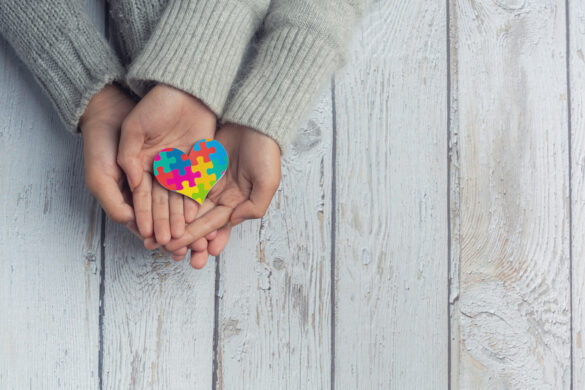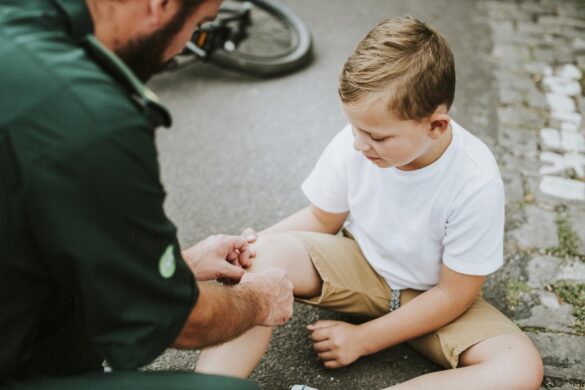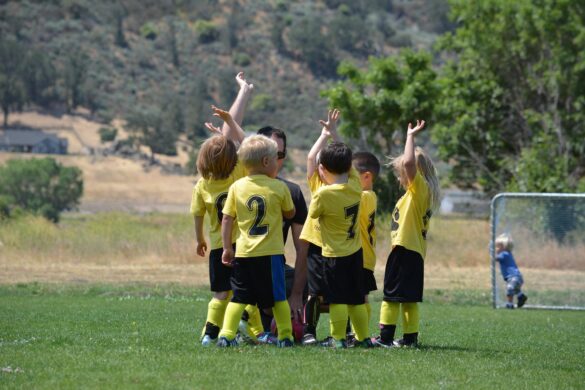 Key Takeaways
Key Takeaways
- Understand the importance of creativity in early education.
- Discover strategies to engage young learners effectively.
- Explore innovative lesson plans that can be integrated into existing curricula.
- Learn how to tailor lessons to diverse learning styles.
- Gain insights into fostering a student’s overall development through creative learning.
The Importance Of Creativity In Early Education
Creativity is a cornerstone of early childhood education, yielding numerous benefits beyond academics. Encouraging creativity through curriculum activities can significantly aid in developing essential skills such as problem-solving and decision-making. At the heart of this approach lies the principle that creative education helps children explore and express their ideas and emotions. This expression is integral for emotional development and contributes to building a robust framework for lifelong learning strategies. By integrating platforms such as 1st grade writing prompts worksheets, teachers can provide structured yet open-ended opportunities for students to articulate their thoughts creatively, enhancing their educational journey.
Furthermore, creativity nurtures an open mind, which is necessary for adapting to new and unexpected situations. This trait has become increasingly valuable in today’s dynamic world. Education experts argue that fostering creativity in young children can improve cognitive flexibility and innovation. According to research by Edutopia, creative learning environments significantly contribute to children’s social and emotional well-being, making them more receptive to learning and growth.
Strategies To Engage Young Learners
Young learners naturally possess a sense of curiosity and wonder, traits that educators can harness through effective engagement strategies. Traditional methods of instruction may not suffice for active minds that crave interaction and excitement. Educational strategies have evolved to include diverse approaches to maintain this interest, such as games, storytelling, and role-playing. These activities are not just tools for keeping children entertained but powerful methods to teach complex concepts in digestible forms.
Pedagogical approaches that customize experiences according to each child’s preference can significantly boost engagement. For instance, visual learners benefit immensely from using illustrations and videos, whereas auditory learners absorb more through listening exercises and discussions. Adopting a mixed strategy, as discussed in resources by the U.S. Department of Education, such as their methods to engage all students creatively, allows educators to address diverse learning needs concurrently, ensuring inclusivity and enhancing the learning experience for all students.
Innovative Lesson Plans For First Grade
Innovative lesson plans require a blend of creativity and pedagogy to create a vibrant learning atmosphere. These plans often involve interdisciplinary integration where subjects overlap, such as infusing mathematics with music or art with science, creating a multi-sensory learning environment. Educators find that such combinations stimulate interest and help reinforce learning by providing students with varied perspectives.
Moreover, these innovative lesson plans encourage peer interaction and collaboration, which is crucial for social skills development. Activities like project-based learning, where students undertake tasks that simulate real-world scenarios, can foster teamwork and communication skills. Such frameworks help students see the relevance of what they learn, motivating them intrinsically to invest effort in academics and beyond.
Integrating Creativity Into Existing Curricula
Incorporating creativity within existing curricula necessitates shifting from traditional rote memorization to an exploratory and imaginative approach. This integration can begin with minor adjustments, such as introducing creative writing exercises in language lessons or using music to teach fractions in math, progressively leading to a holistic transformation of the learning experience. It requires educators to be flexible and open to trying new teaching methods that can make subjects more relatable and enjoyable for students.
As educators become more adept at embedding creativity into their teaching, they can begin to design comprehensive units that span multiple disciplines. For example, a lesson about ecosystems in science could be creatively expanded to include drawing activities in art, storytelling in language arts, and data collection in math, offering students a well-rounded understanding of the topic.
Tailoring Lessons To Diverse Learning Styles
Recognizing and accommodating diverse learning styles is fundamental to creating an inclusive educational environment. Each student is unique in how they process and interpret information, demanding a flexible approach to teaching. Visual learners might appreciate diagrams and illustrations; auditory learners could benefit from lectures and discussions, while kinesthetic learners often excel when given hands-on experiences.
Technology can significantly aid this customization, offering tools like tablets and smartboards that present information in various interactive formats. These tech tools are highly effective in personalizing education, ensuring that each student’s learning style is addressed adequately, ultimately leading to better understanding and retention.
The Role Of Technology In Creative Learning
Technology acts as a catalyst in promoting creativity within the classroom. It provides diverse opportunities for students to interact dynamically with content, catering to different learning preferences. Tools like educational apps and software offer customizable lessons that allow students to learn quickly, acquire knowledge, and have a more personalized and enjoyable experience.
Moreover, technology can break the barriers of traditional classroom settings, giving students access to resources that broaden their understanding. Virtual trips, interactive games, and digital storytelling excite learning and equip students with the necessary skills to navigate and leverage technology effectively, preparing them for future challenges in a tech-centric world.
How Creative Learning Fosters Holistic Development
Beyond academics, creative learning nurtures a child’s holistic development, fostering qualities essential for personal and social success. Engaging in artistic and creative activities encourages self-expression, building a child’s confidence as they learn to voice their thoughts and ideas. It also promotes emotional intelligence as students learn to empathize and collaborate with others through group projects.
Through creativity, children learn resilience and adaptability, essential traits in overcoming life’s challenges. They begin to appreciate the value of experimentation and that making mistakes is part of learning. These experiences form a foundation for students to build as they develop into well-rounded individuals capable of facing the future with confidence and innovation.
Conclusion: Nurturing A Creative Mindset
The journey to cultivating creativity within the classroom is ongoing and requires dedication from educators to go beyond conventional methods. By fostering a creative mindset, teachers equip students with the skills and enthusiasm needed for lifelong learning. This approach enhances the educational experience and instills in students the resilience and adaptability required to excel in an ever-evolving world. Ultimately, nurturing creativity paves the way for a fulfilling educational journey, inspiring children to explore, innovate, and confidently approach life.



